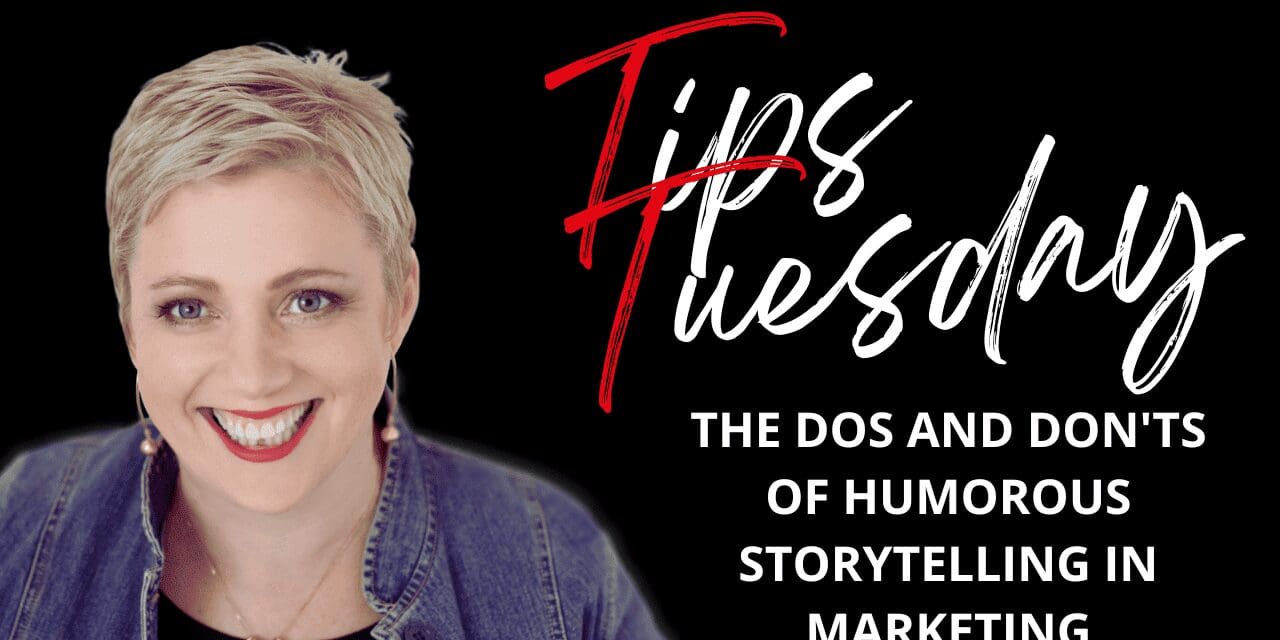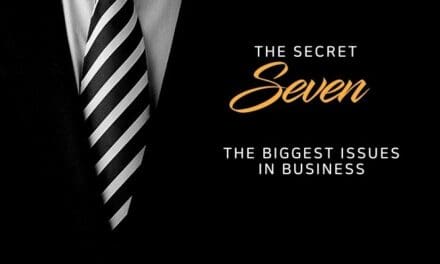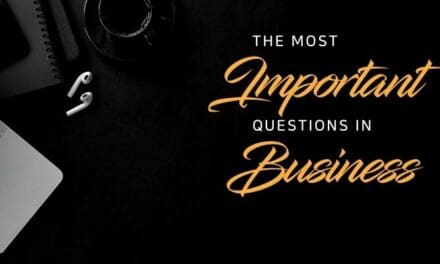Humour can be a powerful tool in marketing. It can grab your audience’s attention, create a positive association with your brand, and make your content more memorable.
But using humour in marketing can also be risky. In this video, we’ll explore the dos and don’ts of humorous storytelling in marketing.
What one person finds funny, another may not, and humour can be subjective. Therefore, it’s essential to consider the target audience and ensure that the humour aligns with their preferences and values. Additionally, some types of humour may be inappropriate or offensive, harming the brand’s reputation and alienating potential customers.
The dos of humorous storytelling in marketing:
- Consider your target audience: Understand your audience’s preferences, values, and sense of humour to ensure your humour connects with them.
- Align with your brand’s identity and values: Ensure that the humour you use reflects your brand’s personality, voice, and overall messaging.
- Use humour to enhance your message: Incorporate humour to support your marketing message and make it more engaging, rather than using it solely for entertainment purposes.
- Keep it tasteful and relatable: Choose humour that is lighthearted, inclusive, and relatable to a broad audience, avoiding offensive or controversial content.
- Test your humour: Before launching a full-scale campaign, test your humorous content with a smaller sample group to gauge reactions and make necessary adjustments.
The don’ts of humorous storytelling in marketing:
- Don’t use offensive or inappropriate humour: Avoid content that may offend, marginalize, or alienate any group of people, as it can damage your brand’s reputation.
- Don’t stray too far from your brand’s image: While humour can be versatile, ensure that the jokes and storytelling align with your brand’s overall image and reputation.
- Don’t rely solely on humour: Remember that your marketing campaigns should still effectively convey your key messages and provide value to your audience. Humour should enhance, not overshadow, your marketing objectives.
- Don’t force humour: If it feels forced or unnatural, it may come across as inauthentic and turn off your audience. Ensure that humour flows naturally within the context of your marketing content.
- Don’t underestimate the power of research: Conduct thorough research to understand your audience’s preferences, current trends, and cultural sensitivities to avoid any missteps.
Examples of brands that have effectively used humour in their marketing:
- Qantas. Qantas is Australia’s national airline and has used humour in its marketing campaigns for years. One of the most famous Qantas ads is the “Plane Crazy” ad from 2017. The ad features a group of Australian people who are obsessed with planes. The ad is funny and heartwarming, and it helped to make Qantas one of the most popular airlines in Australia.
- Bunnings Warehouse. Bunnings Warehouse is Australia’s largest hardware store chain, and it has been using humour in its marketing campaigns for years. One of the most famous Bunnings Warehouse ads is “The Bunnings Warehouse Song” from 2018. The ad features a group of Australian people singing about Bunnings Warehouse, and it is funny and catchy.
- Skittles. Skittles is known for its playful and irreverent marketing campaigns. The brand has partnered with celebrities like Katy Perry and Mindy Kaling, and it’s created ads that are both funny and thought-provoking. Skittles’ marketing campaigns have helped the brand to stay relevant and engaging with consumers.
- Snickers: Snickers’ “You’re Not You When You’re Hungry” campaign uses humour to highlight relatable situations, emphasizing the need for a Snickers bar to satisfy hunger and restore normalcy.
- Aldi. Aldi is a German supermarket chain that has been expanding rapidly in Australia in recent years. One of the most famous Aldi ads is the “Aldi Price Match Guarantee” ad from 2019. The ad features a group of Australian people comparing the prices of Aldi products to the prices of other supermarkets. The ad is funny and informative, and it helped to make Aldi one of the most popular supermarkets in Australia.
Tips for creating humorous content that aligns with your brand’s identity and values:
- Understand your brand’s personality. What are the key traits and values of your brand? Is it playful, serious, edgy, or something else? Once you understand your brand’s personality, you can start to create humour that reflects it.
- Know your audience’s sense of humour. What kind of humour do they find funny? Is it dry, sarcastic, or lighthearted? It’s important to tailor your humour to your audience, or you risk alienating them.
- Be original. Don’t just rehash old jokes or memes. Come up with your own original humour that will make your brand stand out.
- Be tasteful. Even if you have a good sense of humour, it’s important to be mindful of your audience and not cross any lines. Avoid humour that is offensive, discriminatory, or otherwise harmful.
- Don’t be afraid to fail. Not every piece of humorous content will be a hit. That’s okay! The important thing is to keep trying and to learn from your mistakes.
- If in doubt, leave it out! It’s better to err on the side of caution and refrain from using humour if you’re not sure if it will be well-received. There’s no need to force humour, and letting your brand’s personality shine through naturally is better.
Used strategically, with brand alignment and done well, humour can be a powerful tool to captivate your audience, increase engagement, and ultimately drive the success of your marketing campaigns.
Highlights:
[00:00:00] Introduction on the topic of humour in marketing
[00:00:37] Effectiveness of humour in marketing and the need to consider certain factors.
[00:01:14] Humor is a powerful tool in marketing as it grabs attention, creates a positive association with the brand, and makes content more memorable.
[00:01:53] Humor allows the brand’s personality to shine through and helps in connecting with the audience.
[00:02:36] When using humour in marketing, it is important to ensure it does not offend or go against the brand’s values.
[00:03:09] Consider the target audience’s sense of humour and align the humour with the brand.
[00:04:44] Humor should enhance the message and not detract from it. It should be tasteful, and relatable, and avoid offensive or derogatory content.
[00:06:07] Testing the humour with a small group is recommended before launching a full-scale campaign.
[00:06:44] The don’ts of humorous marketing include avoiding offensive or inappropriate content, straying too far from the brand’s image, relying solely on humour without conveying the message, forcing humour, and underestimating the power of research.
[00:08:32] Examples of brands effectively using humour in marketing include Qantas, Bunnings Warehouse, Skittles, Snickers, and ALDI.
[00:10:36] Final tips for including humour in marketing are provided to wrap up the session.
More Marketing Tips Available in The Marketing Circle
Step by step, we will walk through the ins and outs of marketing, with tips, simple exercises and proven marketing strategies that you can roll out in your business.
We will explore all things marketing, from demystifying the marketing world, to blogging, working with media, email marketing, social media, and more.
Access courses, community and live training led by
Ideas and Marketing Strategist Linda Reed-Enever


















